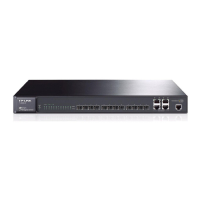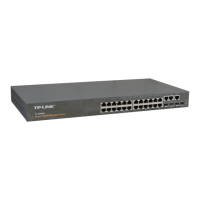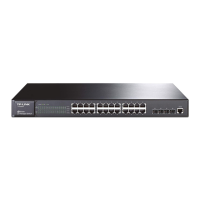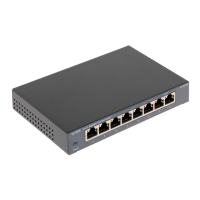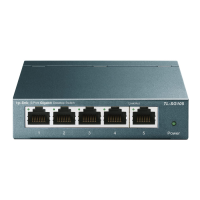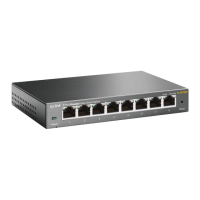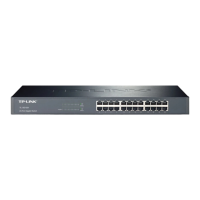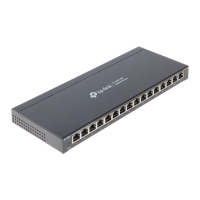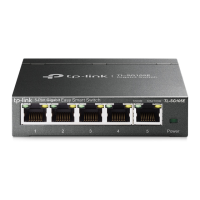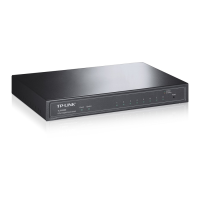151
port. The lower value has the higher priority.
expath-consum —— ExtPath Cost, which is used to choose the path and
calculate the path costs of ports in different MST regions. It is an important
criterion on determining the root port. The lower value has the higher priority. By
default, it is automatic.
inpath-consum —— IntPath Cost, which is used to choose the path and
calculate the path costs of ports in an MST region. It is an important criterion on
determining the root port. The lower value has the higher priority. By default, it is
automatic.
edge —— Enable/ Disable Edge Port. By default, it is disabled. The edge port
can transit its state from blocking to forwarding rapidly without waiting for
forward delay.
ptop —— The P2P link status, with auto, open and close options. By default, the
option is auto. If the two ports in the P2P link are root port or designated port,
they can transit their states to forwarding rapidly to reduce the unnecessary
forward delay.
Command Mode
Interface Configuration Mode(interface ethernet / interface range ethernet)
Example
Enable the STP function of port 1, and configure the Port Priority as 64, ExtPath
Cost as 100, IntPath Cost as 100, and then enable Edge Port:
TP-LINK(config)# interface ethernet 1
TP-LINK(config-if)# spanning-tree common-config status enable pri 64
expath 100 inpath 100 edge enable
spanning-tree region
Description
The spanning-tree region command is used to configure the region of MSTP. A
switched network can be divided into many MST regions (Multiple Spanning
Tree Regions). An MST region comprises multiple switches which have the
same region configuration (including region name and region revision
configuration) and the same VLAN-to-spanning-tree mapping configuration.
Syntax
spanning-tree region {name} {revision}
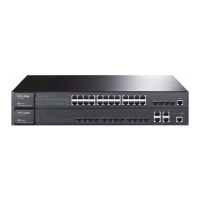
